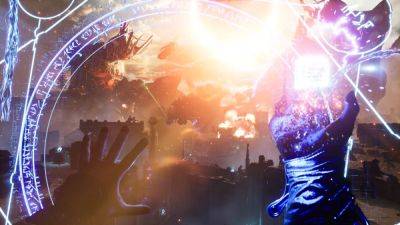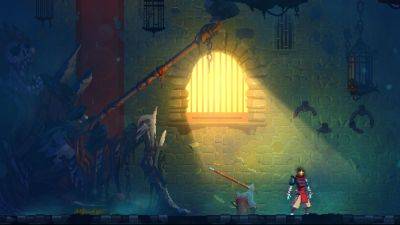Power-crazed boffin gets Doom running through the medium of gut bacteria
Doom has had one of the most remarkable afterlives of any game, from the still-thriving modding and speedrunning scenes to the meme-slash-mission of getting this thing running on any and all technology available to humanity. You've seen the pregnancy tests, the Lego brick, the potatoes, the engineers who got it going on a 1-milliwatt chip while sombrely telling us all what serious business this is. Now, it's time for some cell shading.
Lauren Ramlam is a biology PhD student at MIT, and for the final project of the synthetic biology course had one big idea: let's get Doom displaying via gut bacteria. Ramlam's written report briefly outlines the history of Doom running via various things, before coming to the inescapable question of whether «biological systems might be engineered to host this classic millennial FPS.»
Millennial FPS? Ramlam admits that running Doom on such cells would be a gargantuan task, but within the Doom-runs-on-everything culture simply getting the game displayed on a given device's screen is considered a success. Thus her challenge is to engineer a way in which Doom can be displayed by cells, via the medium of fluorescent proteins (the project is inspired by a 2020 proof-of-concept E. coli digital display). Essentially, making the cells function as pixels on a 32 x 48 black-and-white display.
The theory is relatively understandable: visually compress Doom's frames, then replicate which pixels are 'on' and 'off' to approximate those frames via flourescing bacteria. The only bottleneck Ramlam's project has is a fairly major one, however. The bacteria do this relatively slowly and, after generating each 'frame', there is significant lag time before the cells return to their starting state and are ready to display the next frame.
So Ramlam has this display working but, if you wanted to actually play Doom on it, you'll need roughly 600 years:
«In conclusion, it takes approximately 70 minutes to reach the peak display output of GFP [the fluorescent







